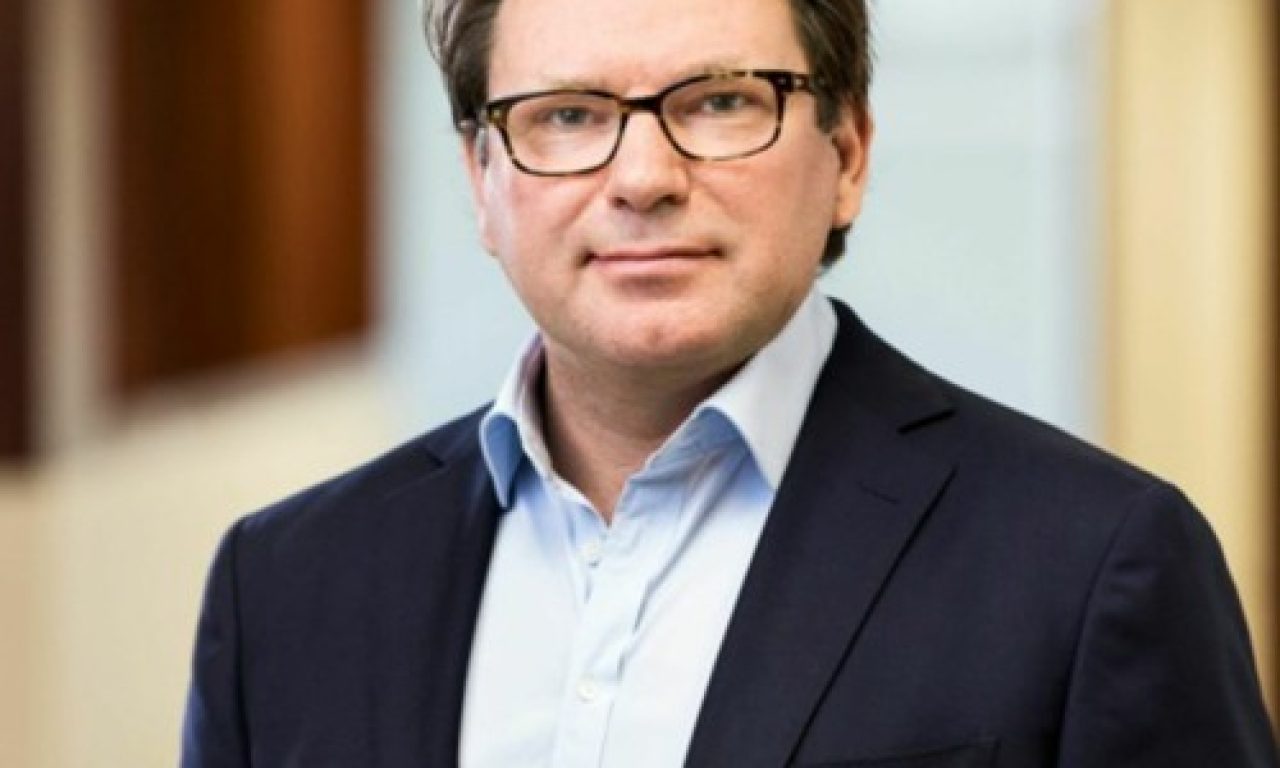Every time the markets collapse, there is a particular group of investors that is hit the hardest.
The reason why is that this group of investors don’t just lose a big portion of the value of their accumulated investment – they lose doubly, because they don’t have the time to redress the fall.
They are pre-retirees and retirees, and to them, a market fall across the asset classes – like the first quarter of 2020 – represents “sequencing risk.” And its effects can be diabolical.
“Sequencing risk represents the danger of experiencing poor investment performance at the worst time. While some investors have decades to ride out volatility and heavy capital losses, investors nearing and in retirement are not among them,” says Tom Rachcoff, Director, at Melbourne-based absolute-return fund manager Cor Capital.
“They need to pay greater attention to the risk of permanent capital loss and the sequence of returns while still attempting to maximise return.”
The problem that emerged for this investor group in early 2020 originated in the long bull-market decade that preceded it, says Rachcoff.
In both equities and bonds, the markets’ performance since 2009 globally had seemed like a one-way street for investors, as central banks around the world sought to stabilise a financial system with negative-interest rate policy (NIRP) and its close cousin, zero-interest rate policy (ZIRP) policies. While these were intended to stimulate weak economies, the inevitable result was the increased risk taking needed in portfolios to meet expected rates of return or CPI + thresholds – because the risk-free rate gave so little nominal reward.
“‘Pinning your ears back’ and taking on higher exposure to risky assets was rewarding,” says Rachcoff. “However, investors often become complacent by long periods of high returns, only to be blinded by sudden downturns, and that’s what we saw in the first quarter of 2020.”
The major problem was that in a fall so sudden, and from a cause so unexpected in modern memory as a global pandemic, asset-class correlations “tended towards one” – negating the insurance benefit of diversified portfolios, that investors thought they possessed.
“While the average superannuation ‘balanced’ fund holds between 60%–80% of diversified ‘growth’ risk exposures, investors were reminded that all growth risk is sold in ‘risk off’ environments,” says Rachcoff. “As in the GFC, 2020 first-quarter performance saw most asset classes fall and diversification benefits disappear in a systemic ‘risk-off’ environment.”
By the end of the first quarter of 2020, many investors – including those that could least afford the risk – found themselves shocked at the impact to portfolios.
“Superannuation portfolios that had tilted to infrastructure and real estate as defensive proxies, for example, received an unwelcome reminder that these assets have plenty of exposure to GDP economic growth expectations,” says Rachcoff.
Rachcoff says many SMSFs, retirement and high-net-worth portfolios positioned prior to the Covid-19 Crash such that investors thought they had placed a priority on protecting wealth and generating more stable real returns instead of seeking maximum return.
“However, many of these investors did not realise that they were ‘at risk,’ and were sitting on a roller-coaster ride through the sequencing risk zone, with a better-than-even chance of succumbing to human behaviour if markets got stressed. And they got very stressed,” he says.
Rachcoff believes the secret weapon in neutralising sequencing risk is an approach that builds an ‘all weather’ portfolio, that seeks to give investors stable growth through a real return, but is designed to defend wealth. Further, by reducing big losses – investors avoid the potential for poor investment behaviour by avoiding high stress.
“Ideally the pre-retiree and retired investors would have a portfolio that can perform well in a bull market phase, but more importantly, work to protect capital within the extreme ‘risk off’ environments,” he says.
The Cor Capital Fund’s approach, which in simplified terms allocates approximately 25% each to four low-correlation “buckets” – cash, bonds, precious metals and developed-market equities – and systematically rebalancing these weightings. The fund has been able to perform like a balanced fund in a rising market, but perform like cash and gold in a down market (that is, to be defensive.)
“Our fund enjoyed a small positive return in the first quarter of 2020, underscoring an ability to preserve capital, and delivered +8.13% net return for the 12-months ended 31 March 2020,” says Rachcoff.
“The Fund has also participated in the stock market rally since quarter-end, with the one-year return rising further to +11.83% as at 31 May 2020, placing the fund at the pointy end of the top decile over one, three and 5 year timeframes, for all the 140-plus multi-asset and alternative funds, reporting publicly on the Netwealth platform,” says Rachcoff.
For Cor’s SMSF and investor clients within the retirement risk zone, the ability to sleep at night has been both an emotional and financial win, Rachcoff says. “Given the uncertainty for global growth and ever-present likelihood of market surprises, the roller coaster ride is left to those that choose to stomach the risk,” he adds.
-ends-
About Cor Capital
Established in 2012, Cor Capital is an investment management firm based in Melbourne. It is the manager of the Cor Capital Fund, an Australian registered managed investment scheme that seeks to generate stable positive returns, regardless of prevailing economic or financial market conditions. The objective of the Fund is to generate medium to long term returns, without significant interim drawdowns, by investing and trading in developed-market equities, precious metals, fixed interest and cash.
More: https://corcapital.com.au/
For all media queries please contact:
Simrita Virk at Shed Connect
E: simrita.virk@shedconnect.com.au
M: 0434531172

